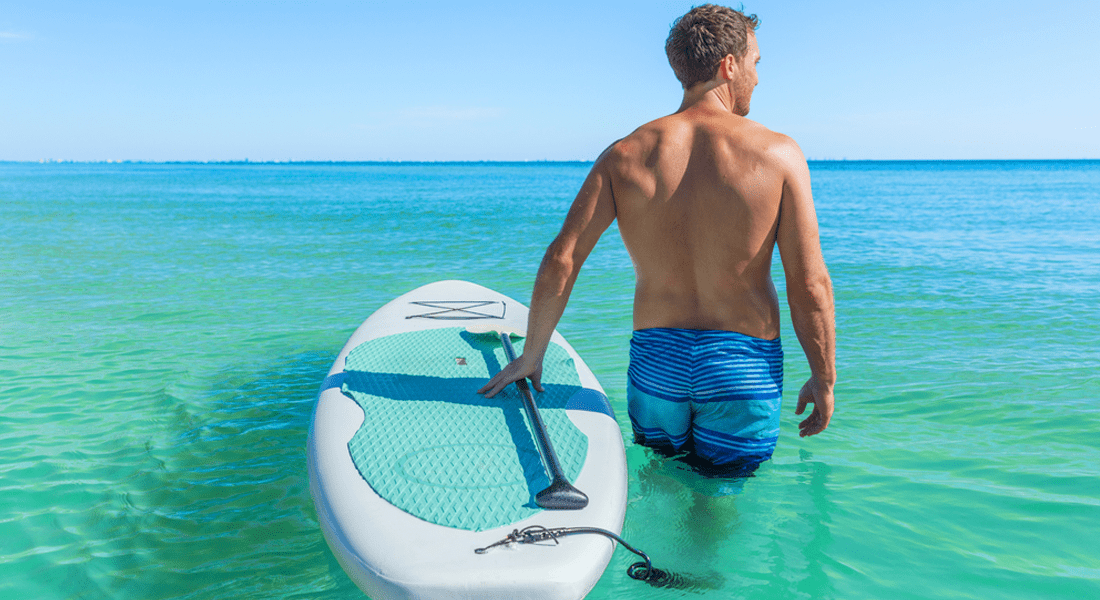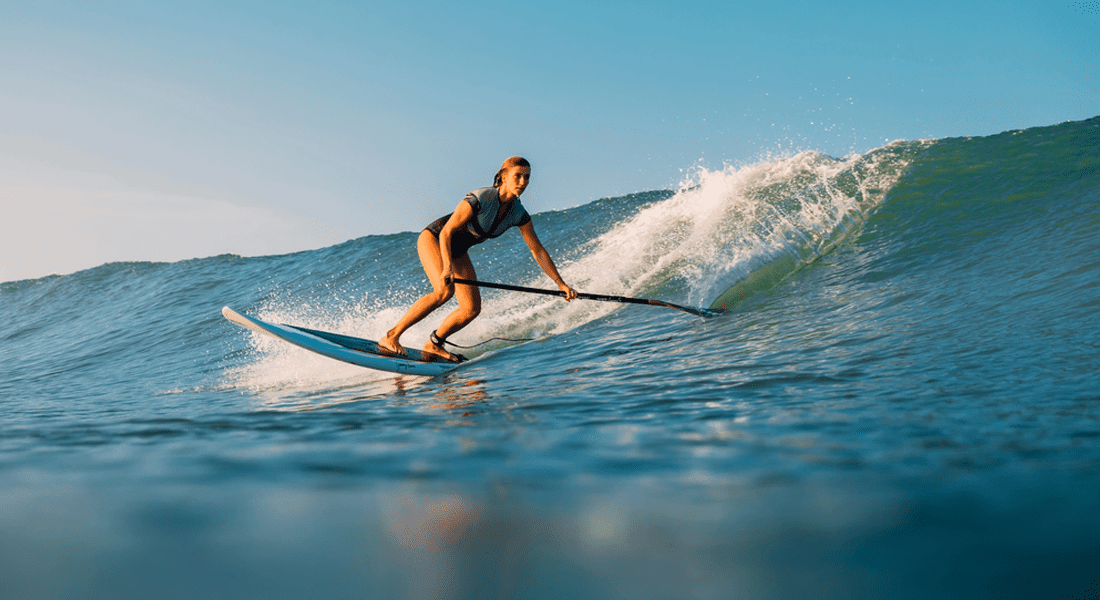
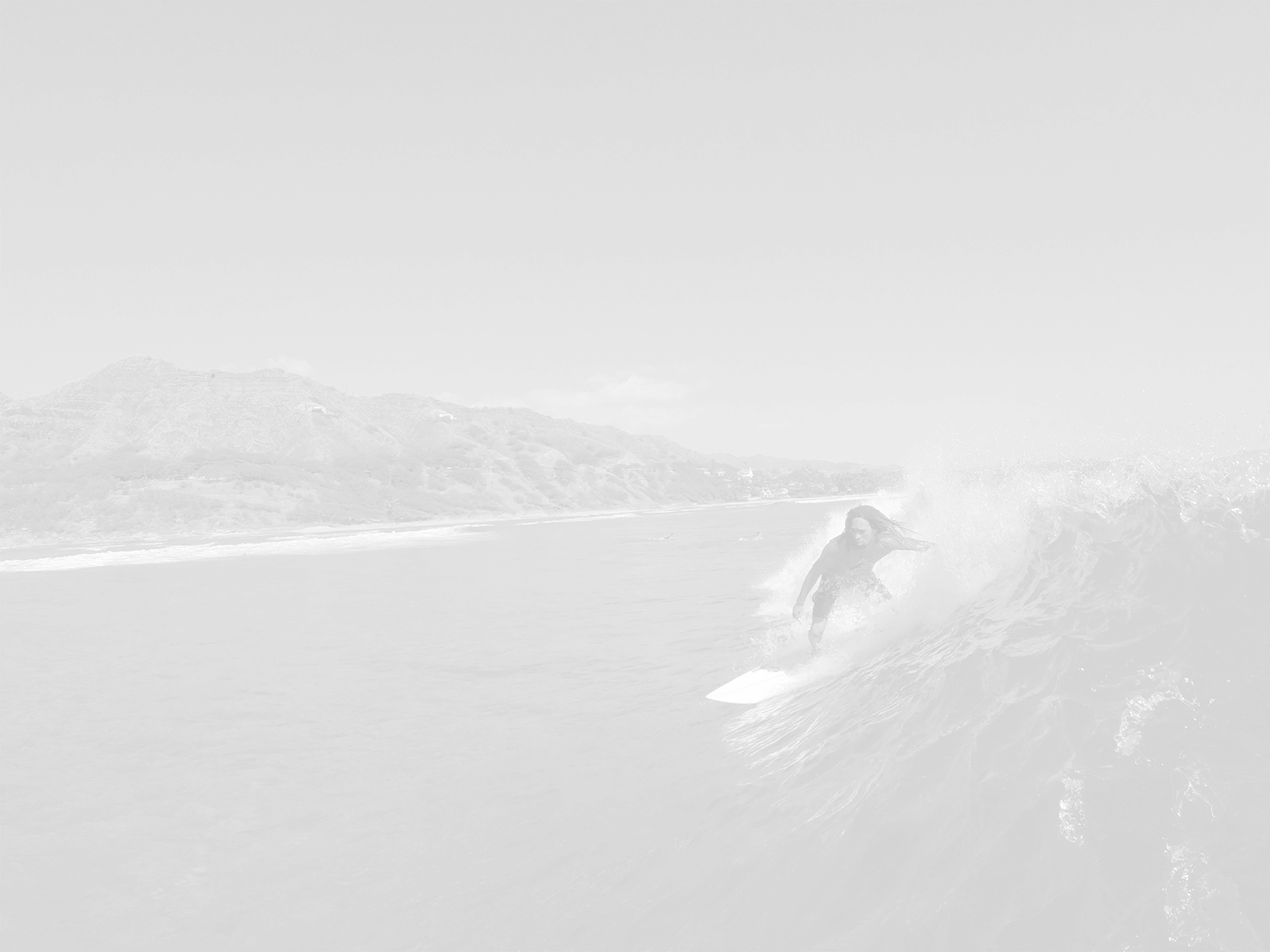
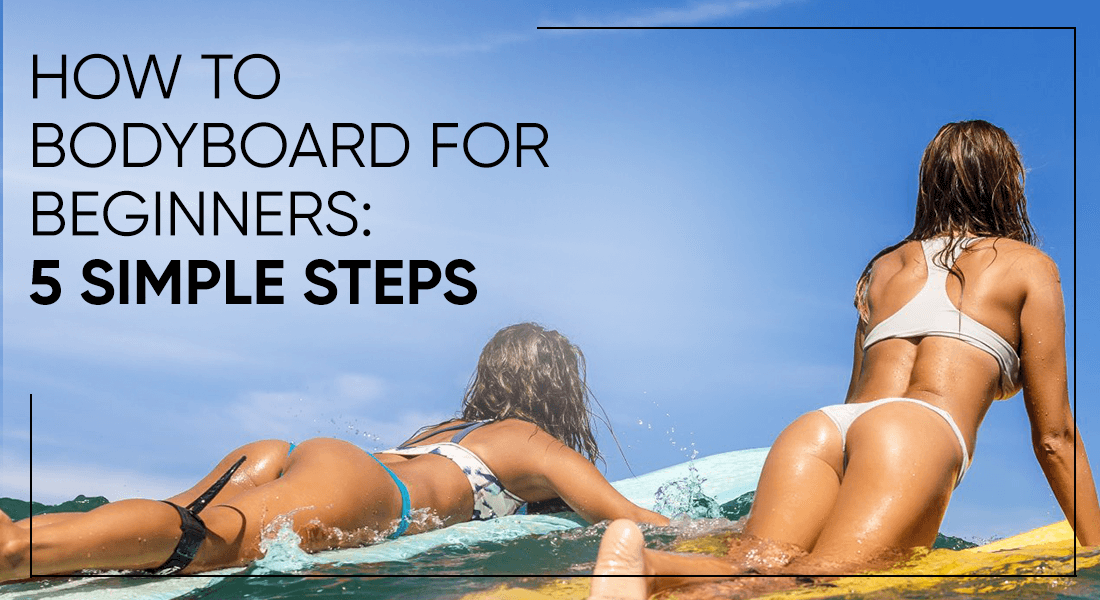

How To Bodyboard For Beginners: 5 Simple Steps
For many ocean enthusiasts, bodyboarding provides the perfect introduction to the vast world of wave riding. When pondering how to bodyboard for beginners, it is essential to understand that while bodyboarding might seem more accessible than surfing, it still requires skill, practice, and knowledge. This guide aims to offer novice bodyboarders an insight into the sport and help them get started on the right foot.
Understanding Bodyboarding
Bodyboarding is the art of riding waves while lying down on a smaller foam board. Its origins trace back centuries, with ancient Pacific Islanders riding wooden paipo boards. Fast forward to today, and modern bodyboards have evolved considerably, constructed primarily from foam, and offer riders more flexibility and control.
Choosing the Right Equipment
Before you hit the waves, ensuring you have the right equipment is crucial:
- Bodyboard Selection: When standing upright, the board’s length should reach from your knees to your chin. Beginners might benefit from wider boards as they provide more stability. Various bodyboarding shops can help you find a board suited to your needs.
- Fins: Swim fins are essential. They offer riders the necessary propulsion to catch waves and navigate currents. Ensure they fit snugly but comfortably.
- Leash: A bodyboard leash ensures your board stays close even if you wipe out, making it an essential safety feature.
Mastering the Basics
- Positioning on the Board: Lying too far back will cause the nose to lift, making it hard to catch waves. Conversely, lying too far forward will cause the board to nose-dive. Ideally, your upper body should be comfortably on the board, with the nose just above the water’s surface.
- Paddling: While your legs and fins will provide most of the propulsion, arm paddling is essential for steering and balance. Alternate your arm strokes while kicking with your fins to gain speed.
- Catching a Wave: As a wave approaches, paddle toward the shore. Once the wave lifts you, use your fins to kick harder, propelling yourself along the wave’s face.


Understanding Wave Dynamics
For anyone new to bodyboarding, understanding waves is a crucial aspect. Recognizing safe conditions, knowing when and where waves will break, and identifying potential hazards can significantly impact your bodyboarding experience.
- Safety First: Always be aware of your surroundings. Avoid areas with rocks, and be mindful of other surfers and bodyboarders. If you are unsure about the conditions, local surfing lessons can be an excellent way to gain knowledge and experience under expert guidance.
Techniques to Elevate Your Ride
While catching and riding a wave straight to the shore can be exhilarating, as you progress, you might want to start experimenting with maneuvers:
- Trimming: This technique involves riding diagonally across the wave. You can achieve a smooth trim by using your inside hand (the hand closest to the wave) to grip the board’s nose and use the outside hand to stabilize and steer.
- Duck Diving: Essential for getting past breaking waves, duck diving involves pushing the nose of the board underwater and using your knee or foot to submerge the tail, allowing the wave to pass over you.
- Spins: Once comfortable on the wave, try rotating your body to spin in a 360° motion. While challenging, this trick can be gratifying when executed correctly.
Learning how to bodyboard for beginners involves understanding the right equipment, mastering the basics, respecting the ocean, and continually practicing. Remember, the ocean is as unpredictable as it is beautiful.
Stay safe, be aware of your surroundings, and, most importantly, enjoy the ride. Every wave offers a new experience, ensuring that bodyboarding remains exciting and fresh each time you enter the water.
OTHER OSP BLOGS

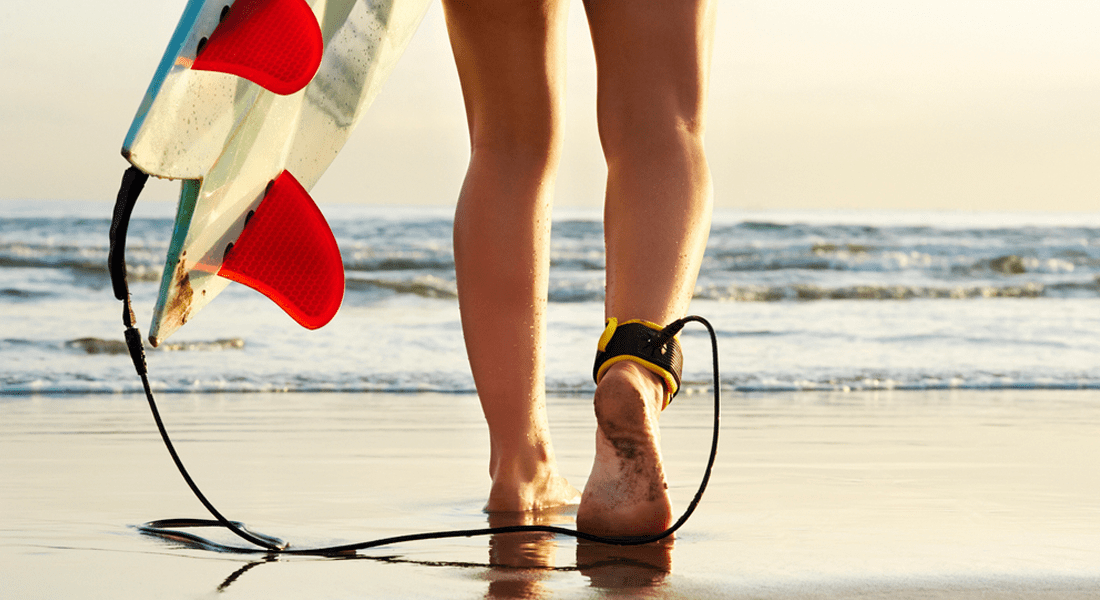
What Size Surfboard Leash Should You Use?
Choosing the right surfboard leash size goes beyond convenience. It affects safety, comfort, and performance in the water. Surfers of all levels rely on their leash to keep the board[...]